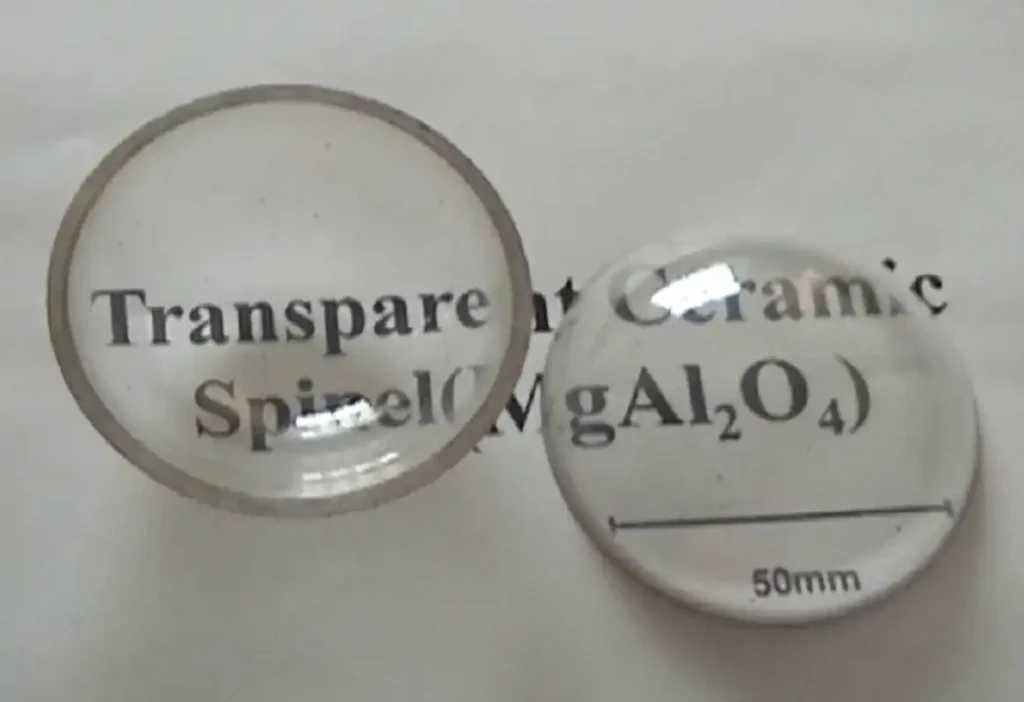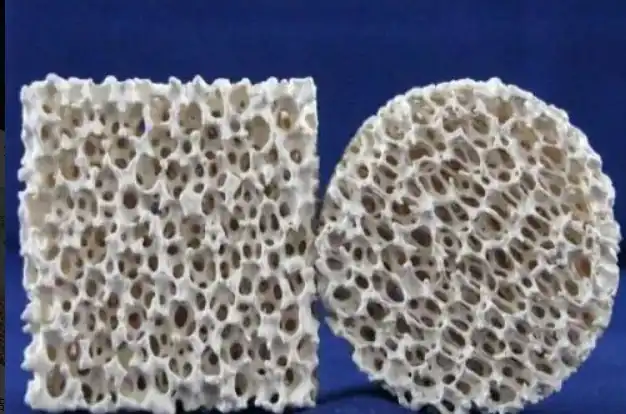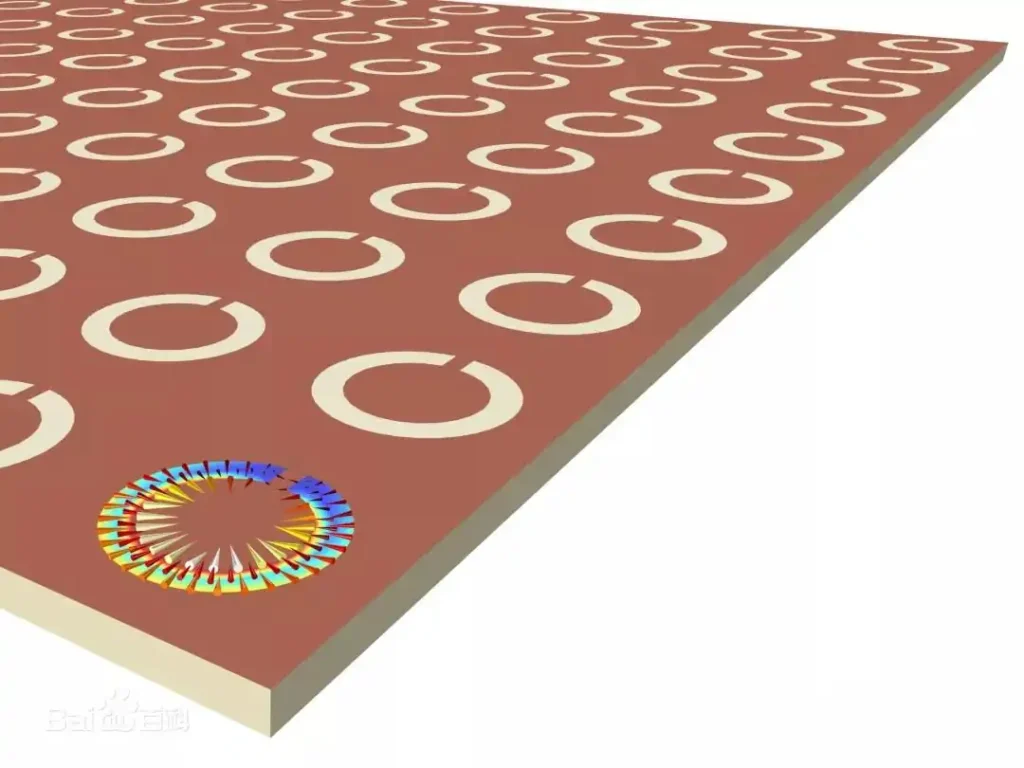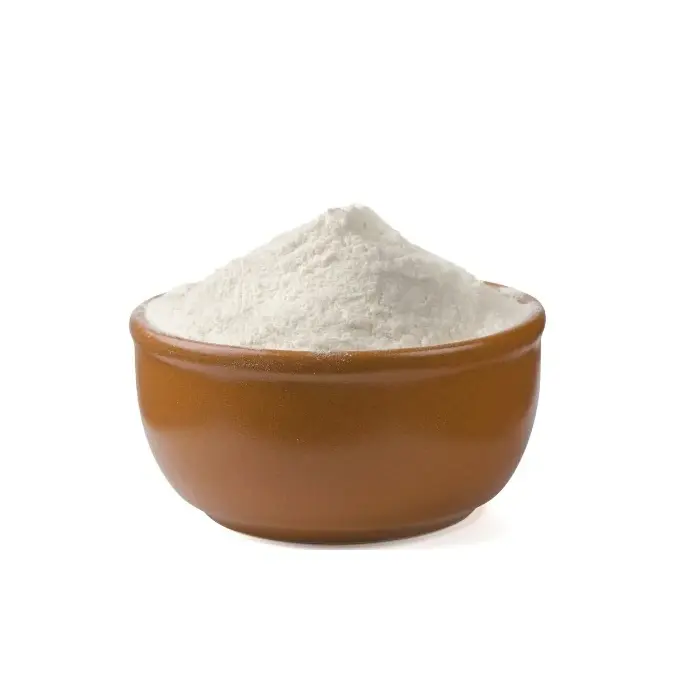Magnesium oxide is a fairly common alkaline oxide and is the main raw material for producing magnesium hydroxide and magnesium metal. In the application of ceramic materials, magnesium oxide has a melting point of up to 2800℃ and has some special and excellent properties. Therefore, it is also very popular in the field of advanced ceramics. It can be directly sintered into magnesium oxide ceramics or used as an additive.
Preparation of magnesium oxide powder
The preparation of magnesium oxide is divided into brine-ammonia precipitation method, dolomite carbonization method, thermal decomposition of magnesium salts and thermal decomposition of lingmei ore. In terms of preparation, the raw materials come from minerals or seawater. MgO is extracted from minerals or seawater. Most of them are first made into magnesium hydroxide or magnesium carbonate, and then calcined and decomposed into MgO. This MgO can be further chemically treated or heat treated to obtain high-purity MgO. If high-purity MgO ceramics are required, the method of adding additives cannot be used to promote sintering and grain growth. Instead, the method of activated sintering is used, that is, Mg(OH)2 is calcined at an appropriate temperature to obtain active MgO with many lattice defects, which is used to make sintered magnesium oxide ceramics.
Magnesium oxide ceramics

(1) MgO transparent ceramics
MgO transparent ceramics have good transparency and infrared transmittance. It is an optically isotropic body with good resistance to alkali metal vapor corrosion, high melting point, high thermal conductivity, low theoretical density, high insulation and high infrared transmittance. It has a wide range of applications in the field of visible light and infrared transparent materials. Its performance is better than that of alumina ceramics and it is a very promising material.
Typical applications: It is an important material for the preparation of infrared windows and fairings for spacecraft and rocket missiles, infrared windows for high-temperature furnaces, high-temperature infrared optical devices, optical filters and optical detectors, high-pressure sodium lamp light-emitting tubes and infrared detector covers.

(2) MgO foam ceramics
As a new type of ceramic functional material, the development of foam ceramic materials began in the 1970s. MgO foam ceramics have a unique three-dimensional mesh skeleton structure, which gives them an open porosity of 60%-90%. They can efficiently remove large debris and most of the tiny suspended inclusions in the molten metal. They have high refractoriness, high porosity, low thermal conductivity, low manufacturing cost, simple preparation process, and good mechanical properties. In China, Li Wenxia and others from Peking University used magnesium oxide as aggregate and added an appropriate amount of ZrO2 to prepare magnesium oxide partially stabilized zirconium oxide foam ceramic filters, which achieved good results in the production of nickel-based alloy single crystals and filled the domestic technical gap.
Typical applications:
a. Filter. Filter impurities in magnesium alloy melts are filtered using the filter cake effect, adsorption effect, and rectification effect to improve filtration efficiency.
b. Energy-saving thermal insulation material. It can be used as a kiln lining and can be used to insulate and protect aerospace equipment in the aerospace industry.
c. Sound-absorbing material. According to research, its noise reduction coefficient is close to that of glass wool, and it has good application prospects.
d. Catalyst carrier material. Good adsorption capacity, can be widely used as a carrier of automobile exhaust purifier.
e. Food and pharmaceutical industry. Used in the pharmaceutical industry for the concentration, separation, and refining of physiologically active substances such as enzymes, vaccines, and nucleic acids to ensure food safety.
(3) MgO-based microwave dielectric ceramics

With the update and iteration of mobile communications and satellite communication technologies, people have higher and higher requirements for communication time and frequency bands, making low-dielectric and high-Q ceramics a research hotspot. On the one hand, MgO ceramics themselves have excellent dielectric properties (εr=9.1, tanδ<1.6×10-6), and are an ideal microwave dielectric substrate material for 5G communications.
MgTiO3-based microwave dielectric ceramics have an ilmenite structure with space group R3. The material has been studied and applied to ceramic capacitors and resonators because of its low tanδ and high-frequency thermal stability. In addition, MgTiO3 has the potential to be used in filters, communication antennas, radars, direct broadcast satellites, and microwave frequency global positioning systems.
MgAl2O4 has a spinel structure, high hardness, high melting point, and high strength. Pure MgAl2O4 is transparent and can be used in transparent armor, infrared windows, radar covers and other fields. In addition, MgAl2O4 has the characteristics of low εr and can also be used as microwave dielectric ceramics. The MgAl2O4 ceramics prepared by microwave sintering have excellent comprehensive performance and can meet the requirements of various fields.
(4) MgO ceramic core
Magnesium oxide has good high temperature performance. When using magnesium oxide-based ceramic cores to cast stainless steel castings, even if the pouring temperature is as high as 1650℃, the core material will not react with the alloy, and the internal surface finish of the casting is high. In addition, it is a weakly alkaline refractory material and can be dissolved in organic acid solutions such as phosphoric acid and acetic acid. It is easy to remove the core and does not produce thermal cracking defects. At present, there is little research on magnesium-based ceramic cores, and there is a lot of room for development.

